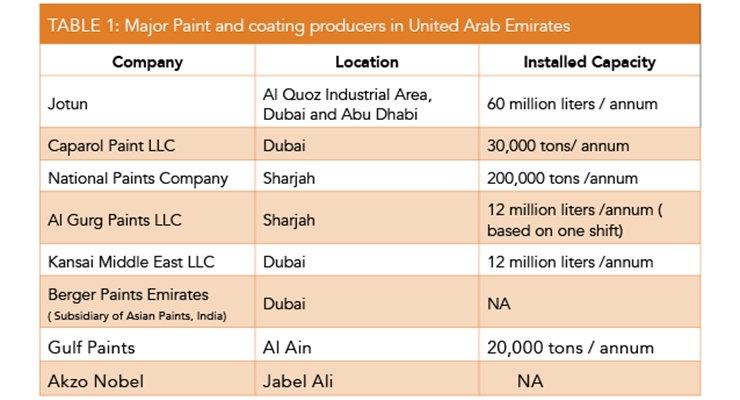Yearning For A Remarkable Finish? Discover How Weather Condition Variables Can Persuade The Success Of Your External Painting Project, Unraveling Vital Tricks For A Professional Result
Yearning For A Remarkable Finish? Discover How Weather Condition Variables Can Persuade The Success Of Your External Painting Project, Unraveling Vital Tricks For A Professional Result
Blog Article
Short Article Author-Dejesus Mohammad
Recognizing how weather can affect the result of an external painting venture is extremely important for attaining a perfect finish. From temperature level variations changing paint adhesion to moisture degrees impacting drying out times, each element of weather condition plays a considerable role in the success of your project. In https://painter-near-me44221.mybuzzblog.com/11582846/an-often-ignored-yet-vital-aspect-in-the-selection-of-exterior-painters-can-substantially-affect-the-success-of-your-job-uncover-what-it-is-to-guarantee-positive-results , wind rate and rainfall can introduce unanticipated difficulties that may compromise the high quality of the final result. As we browse through the nuances of weather's influence on exterior paint, it ends up being evident that careful preparation and critical timing are crucial for ensuring a professional and durable result.
Ideal Temperature Level Array for Paint
When taking into consideration exterior paint projects, the perfect temperature level array plays a crucial duty in achieving optimal results. Painting in the right temperature conditions guarantees that the paint sticks appropriately to the surface, dries uniformly, and treatments properly. Typically, the suggested temperature array for exterior painting is between 50 to 85 levels Fahrenheit.
Paint in temperatures below 50 degrees Fahrenheit can lead to issues such as bad paint bond, long term drying out times, and a boosted chance of splitting or peeling.
On the other hand, paint in temperature levels above 85 degrees Fahrenheit can cause the paint to completely dry as well swiftly, causing blistering, bubbling, and an uneven finish.
To accomplish the most effective results, it is essential to inspect the weather report prior to beginning an external painting job. Preferably, objective to repaint throughout moderate climate condition with moderate temperatures and low humidity levels.
Impacts of Moisture on Paint Drying
Humidity degrees dramatically impact the drying out process of paint put on exterior surfaces. High moisture can extend the drying time of paint, leading to possible issues such as leaking, spotting, or perhaps the development of bubbles on the painted surface area. Excess wetness airborne reduces the dissipation of water from the paint, impeding the curing procedure. This is specifically bothersome for water-based paints, as they depend on dissipation for drying out.
On the other hand, low humidity levels can likewise influence paint drying. Very completely dry problems may trigger the paint to dry too rapidly, causing poor attachment and a harsh finish. In such cases, including a paint conditioner or splashing a great mist of water airborne can aid regulate humidity degrees and improve the painting result.
To guarantee ideal drying conditions, it is advisable to repaint when the moisture degrees range between 40% and 50%.
Tracking humidity levels and taking suitable steps can assist achieve a smooth and sturdy paint surface on outside surface areas.
Wind and Rainfall Considerations
Wind speed and rainfall are essential factors that dramatically impact the success of an exterior paint project.
When it comes to wind, both rate and direction are vital factors to consider. High wind speeds can trigger paint to dry also rapidly, causing a below average do with prospective problems like cracking or irregular texture. Furthermore, wind can bring debris that may adhere to the damp paint, causing imperfections. Consequently, painters must intend to work with days with light to modest winds for ideal paint conditions.
On the other hand, precipitation, whether rainfall or snow, can be incredibly destructive to the end result of an exterior painting job. Moisture from rainfall can hinder paint adhesion, causing peeling off and bubbling over time. It is important to avoid paint during rainy or snowy climate to make certain the durability and quality of the paint work. Painters should likewise enable adequate time for the surface area to completely dry thoroughly after any kind of precipitation before commencing or returning to the painting procedure.
Final thought
To conclude, climate condition play a significant function in the outcome of an exterior paint project. The excellent temperature level range, humidity levels, wind speed, and precipitation all add to the success or failing of the paint work.
https://independentpaintersnearme90099.activablog.com/31271628/start-your-search-for-trusted-exterior-painters-with-a-thorough-property-owner-s-checklist-yet-there-s-one-crucial-element-you-can-t-manage-to-overlook is essential to take into consideration these elements and strategy appropriately to ensure correct paint attachment, drying times, and overall top quality of the completed item.
